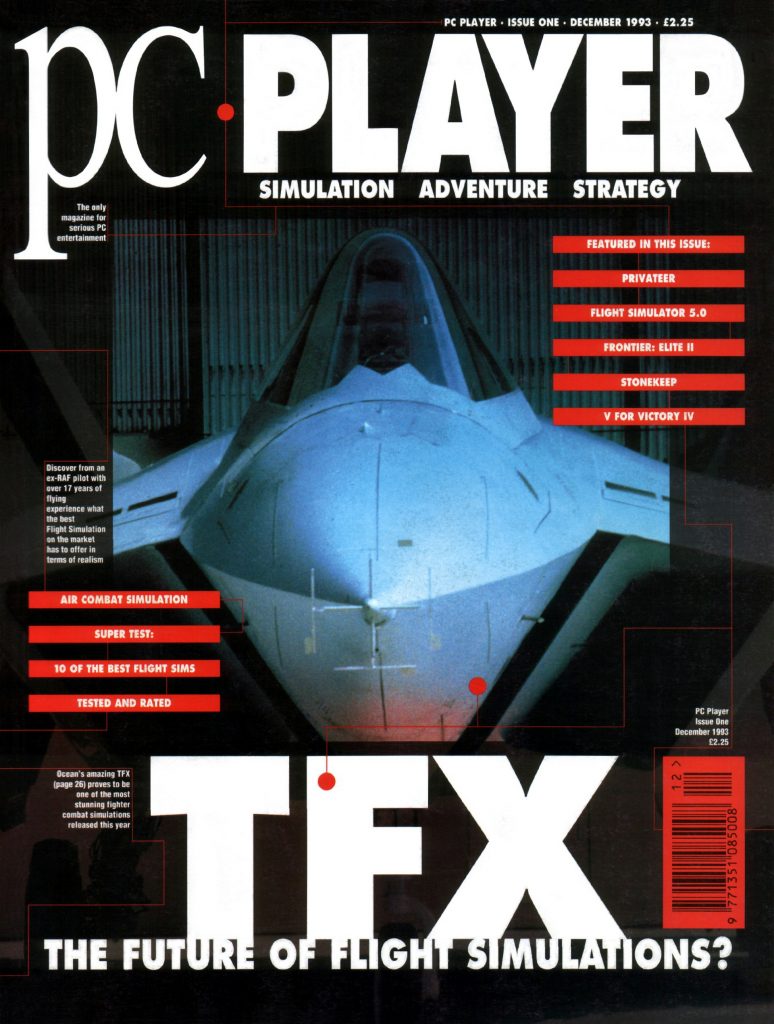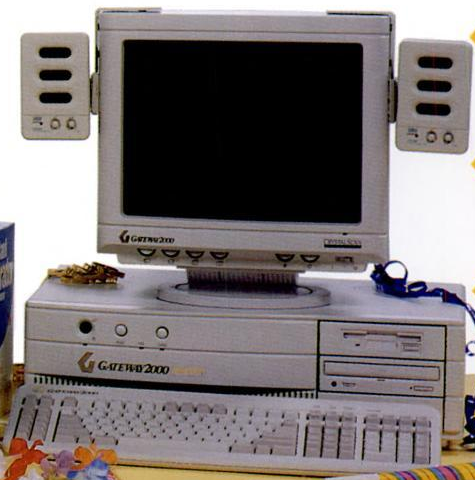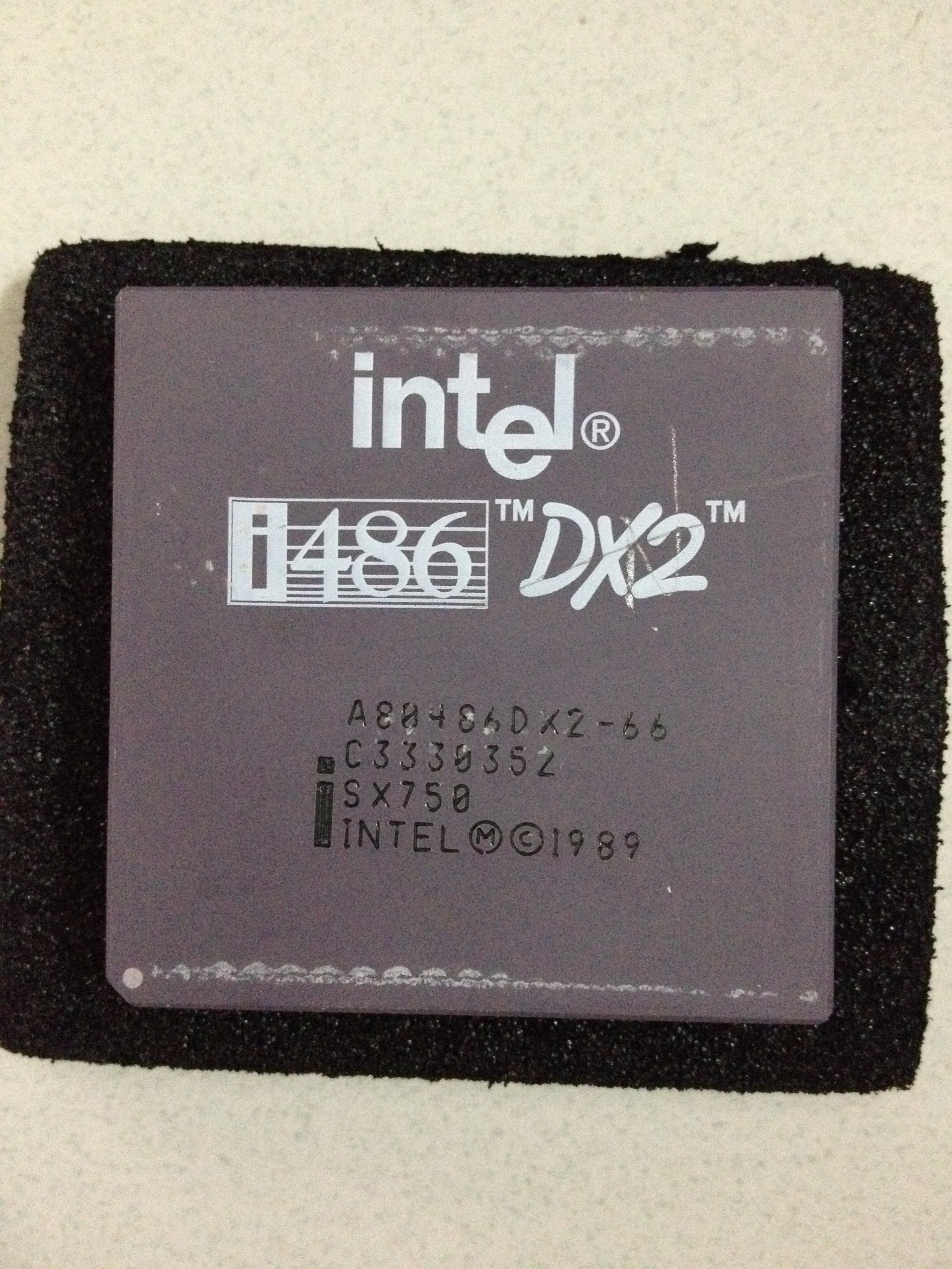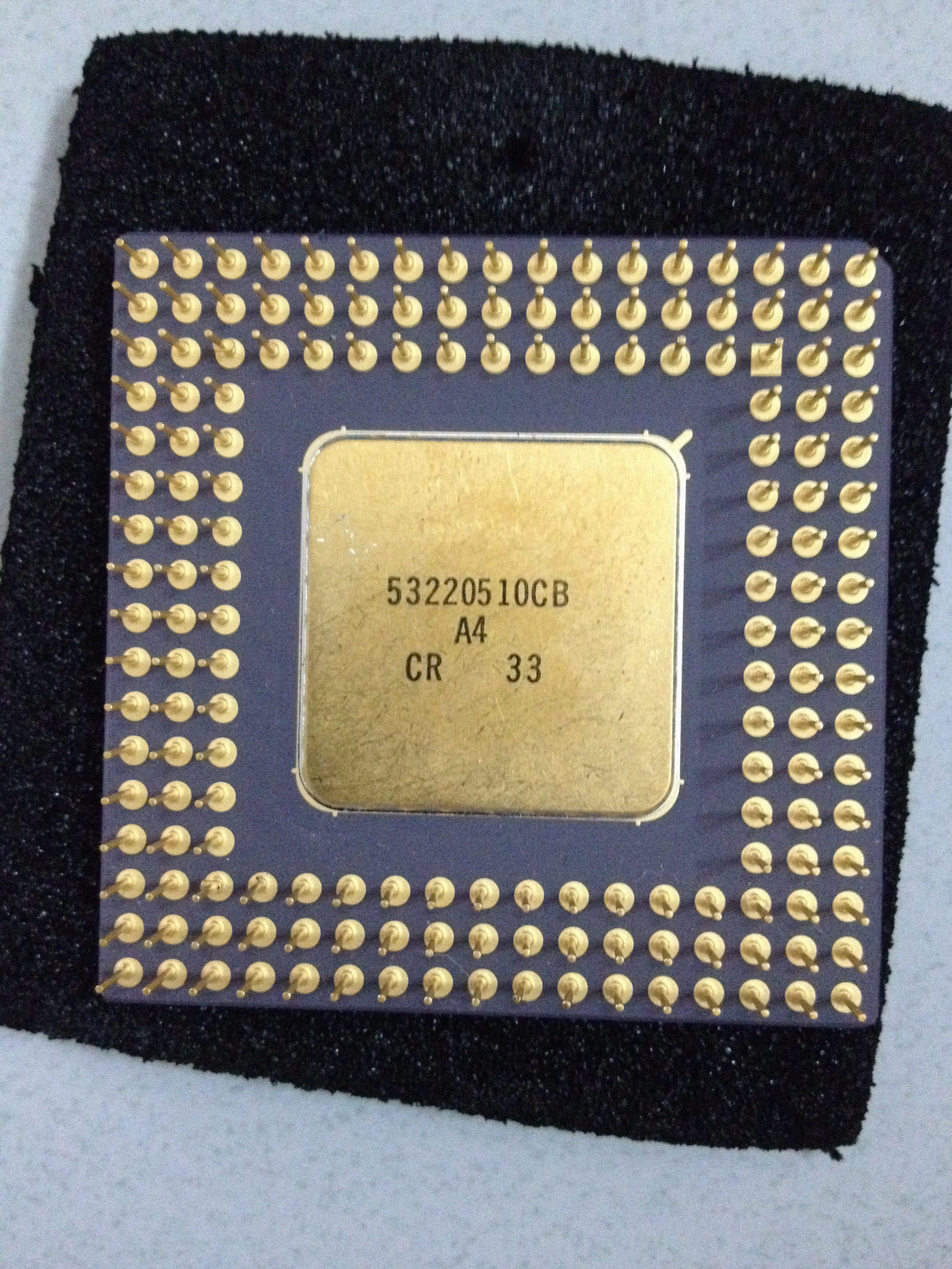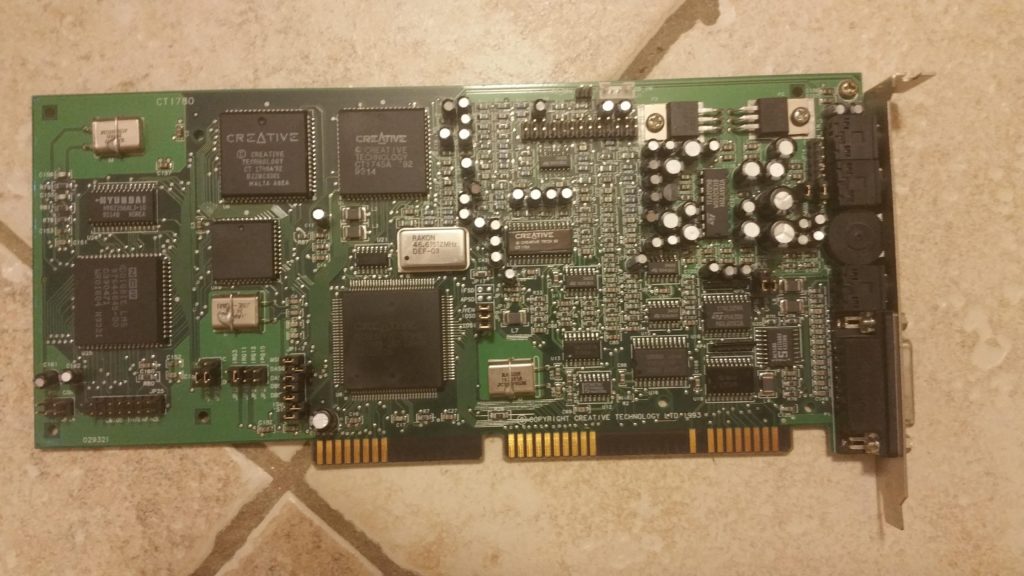Source: PC Player – Issue Number 1 – December 1993
PC Player is a PC gaming magazine that was published in the U.K. starting at the end of 1993. The premiere issue from December 1993 includes the following:
Features
- Is Your 386 Enough? – I had gotten my first “PC” about four months before this issue would have hit the stands and it was a 486 DX2/66. By Christmas, the vast majority of games could still run on a 386 but if you wanted the best experience…being able to use the best resolution and highest details with good frame rates…you needed a 486. It wasn’t just the faster processor that mattered but features like local bus video. Several developers give their opinions on the subject here, including Chris Roberts (Origin), Peter Molyneux (Bullfrog), Dave Wilson (Electronic Arts) and others. With Pentium on the way and processors very quickly to double, triple, quadruple and more in a relatively short time period (not to mention the advances in 3D video cards), the upgrade cycle was brutal in the mid 1990s to mid 2000s but the 486 had several really good years.
- Air Combat Simulations – A look at some of the flight simulators on the market, including ATAC, AV8B Harrier Assault, Chuck Yeager’s Air Combat, F-117A, F-15 Strike Eagle III, Falcon 3.0, Harrier Jump Jet, Jetfighter II, Strike Commander, and Tornado.
- The Old Flying Machine Company – A look at a company that owns the largest collection of flying antiques in the world. These are used in air shows and in movies among other things.
Regulars
- News – News of upcoming games, including Dungeon Master II, Rebel Assault (the first CD game I ever owned), Archon Ultra, Fantasy Empires, The Elder Scrolls (and what a franchise that would start), Delta V, Evasive Action, Star Trek 25th Anniversary, Star Trek 2: Judgement Rights, Starfleet Academy, Microcosm, Hired Guns, Innocent, Lawnmower Man, B-Wing (X-Wing expansion), Lords of Power, Dracula Unleashed, Police Quest, Shadow of Darkness, Aces Over Europe, Aces of the Deep, Outpost, Ultima VIII, Jagged Alliance, Starlord, Subwar 2050, Eye of the Beholder, and more. It was a great era for PC games.
- Games Round-Up – Short reviews of games and game updates including Classic Golf (Konami), Battle Chess (Interplay), Lord of the Rings (Interplay), Blue Force, Pinball Dreams, Street Fighter II, and Goal.
- Competition – Answer a couple of questions for your chance to win a collection of V For Victory games.
Reviews
- TFX – Tactical Fighter Experiment – A flight simulator from Ocean featuring next generation fighters such as the F-22, F117A and EFA. Minimum requirements include a 386, 4MB of RAM, a VGA card and 17MB of hard drive space.
- Return to Zork – The next generation of Zork games from Infocom. While still having a text interface, it also has 256 color graphics and cinematics. Requirements include a 25 MHz 386, 4MB RAM, VGA card and a CD-ROM drive.
- Privateer – In some respects, the Wing Commander series of games could be though of as competitors to X-Wing. Privateer was one of the best. Minimum requirements include a 25 MHz 386, 4MB RAM, a VGA card and 20MB hard drive space.
- Flight Simulator 5.0 – The latest version of Microsoft’s classic flight simulator. Minimum requirements include a 386, about 1MB of RAM and 10MB of hard drive space.
- Lost in Time – An adventure game from French software maker Coktel Vision. It requires a 16 MHz 286, 640K of RAM, a VGA card and 9MB of hard drive space.
- Cyberrace – A futuristic combat racing game from Cyberdreams. For this one you need a 25 MHz 386, 4MB of RAM, a VGA card and 20MB of hard drive space.
- Battles of the South Pacific – This detailed strategy game from Mirage recreates the naval battles of World War II. It requires at least a 12 MHz 386, 1MB of RAM, a VGA card and 6.5MB of hard drive space.
- V For Victory – The latest in this World War II strategy game series. This one recreates the invasion of Normandy. It requires 2MB of RAM and a VGA card.
- Darksun – The latest AD&D game from SSI. Why don’t they make computer D&D games anymore? This one requires a 25 MHz 386, 2MB of RAM, a VGA card and 17MB of hard drive space.
- Front Page Sports Football Pro – A football game from Dynamix requiring a 25 MHz 386, 2MB of RAM and 11MB hard drive space.
- NFL Coaches Club Football – Another football game (not that anybody remembers any of these other than Madden), this one from Microprose. It requires a 386 and 2MB of RAM along with up to 7MB of hard drive space.
- Kasparov’s Gambit – A chess game from Electronic Arts. It requires a 386SX, 2MB of RAM, the ever present generic VGA card and 11MB of hard drive space.
Previews
- Frontier – Elite II – A sequel to the classic Elite finally comes along.
- Gabriel Knight – The latest adventure game from Sierra.
- Beneath a Steel Sky – Presented as the first computer-based animated comic book adventure.
- Stonekeep – A role-playing game from Interplay.
- Hand of Fate – The sequel to The Legend of Kyrandia.
- Alone in the Dark 2 – Though the term had not been invented yet. the Alone in the Dark series are really survival horror games.
- Dreamweb – A cyberpunk themed game inspired by Akira and Bladerunner.
Players’ Guides
- X-Wing – Sims often don’t hold up well over time but X-Wing is still one of my favorites. Here’s a guide to get you going.
- Tornado – A guide to getting the most out of this flight combat sim.

…and more!
